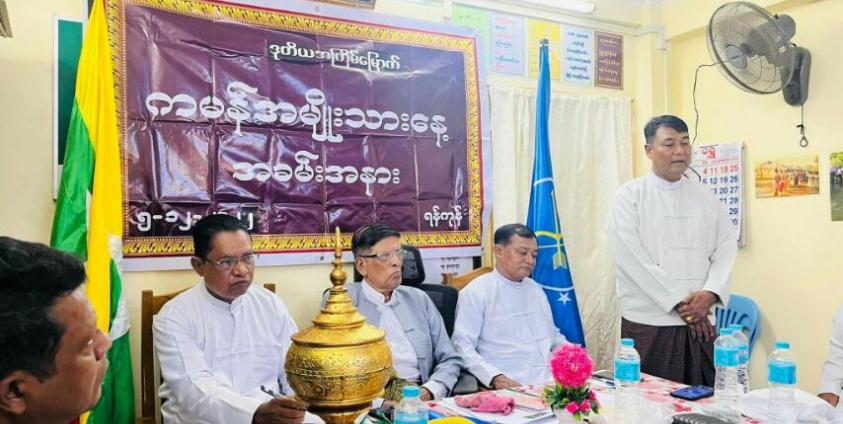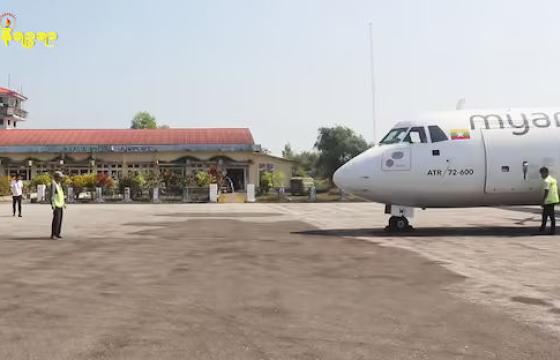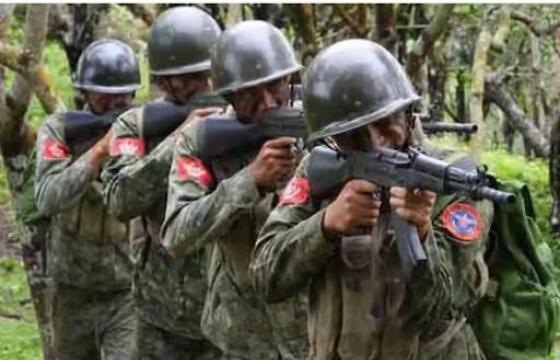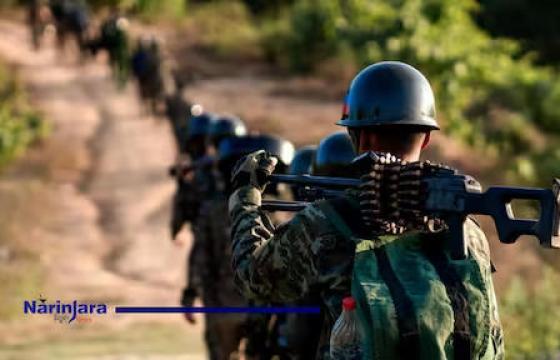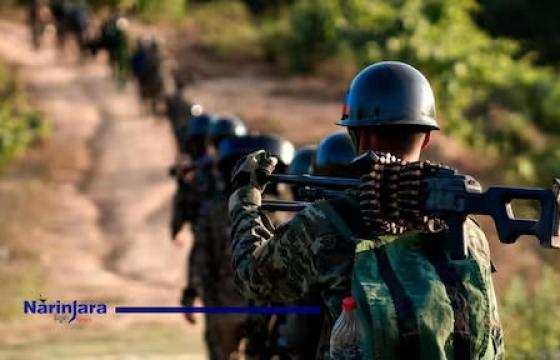A celebration of the 2nd annual Kaman (Kamein) National Day falls on December 5th was held in the Bootkyi Kaman village in Hmawbi township of Yangon region.
U Tun Ngwe chairman of the Kaman Ethnic Social Network told Narinjara, “It was the day of December 5 th back in 1710, when the Arakan kings allowed the Kaman archers to settle in 3 Kaman villages in Sittwe, 19 Kaman villages in Thandwe, and Ramree region, and designated it as a National Kaman Day.”
The Arakan National Party (ANP) sent a memorandum to celebrate the 2nd annual Kaman National Day.“We always value and respect the interests, cultures and traditions people not only Arakan people, but also all other ethnic groups in Rakhine state, and consider them as eternal partners to be treasured”, ANP’s memorandum said.Efforts to establish the Kaman National Day began in 2020, and it was held for the first time in 2021. Due to the political crisis and insecurity the ceremony was shortened this year.
Kamans are one of the 7 Rakhine tribe who served as archers during the days of the ancient Rakhine kings, and today their population is around 3000.
According to Wikipedia, the ‘Kaman’ term has been used since the days of Rakhine kings to commemorate the valiant archer.
When King Shah Shuja of Bengal visited Mrauk-U in 1660, he brought some followers with him. They are Muslims of Afghan origin, and use Rakhine language and Rakhine names. There are about 3000 Kaman people, and they live in isolated villages and rarely mix with other tribes.
Muslim Kamans have been loyal to the Rakhine state and its people, and living peacefully and harmoniously with every Rakhine tribe without creating problems nor inciting ethnic and religious unrests in Rakhine state at all.

